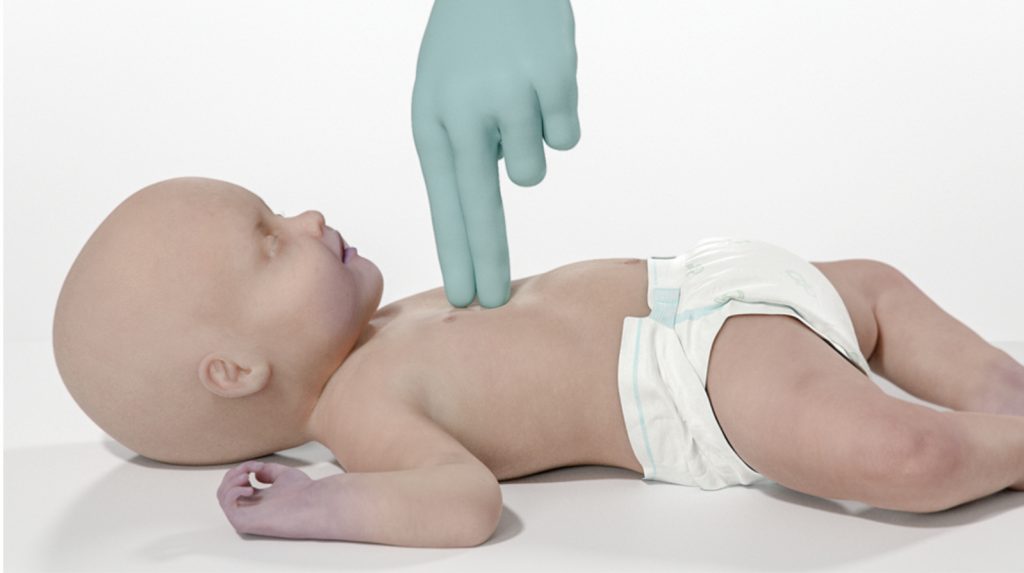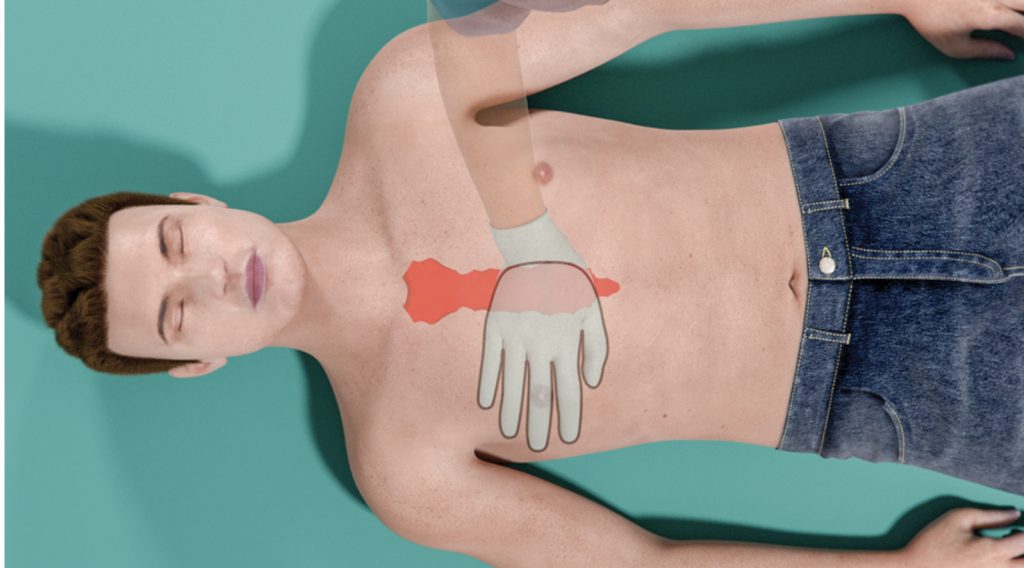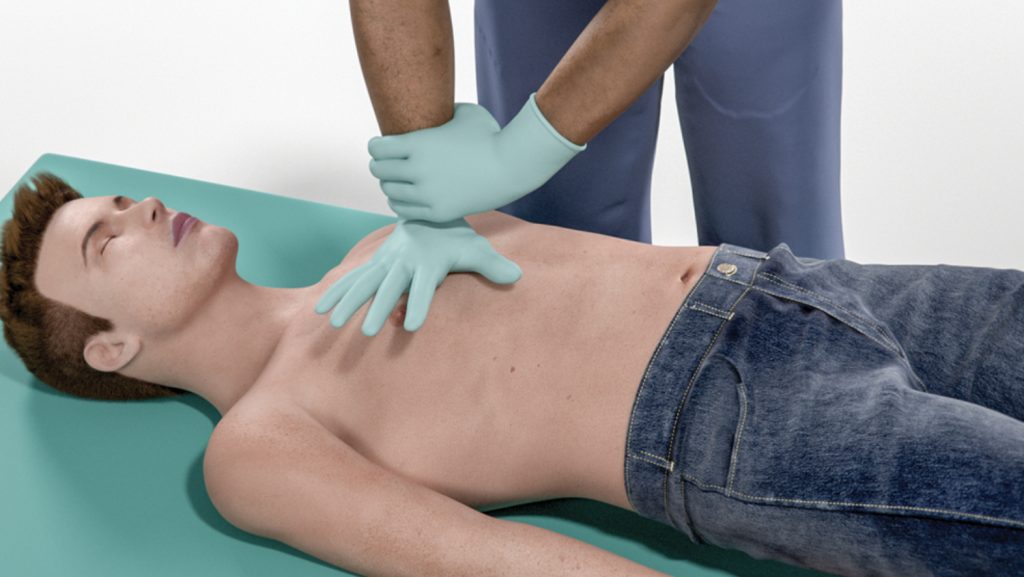Cart
What to do when someone is drowning?
Drowning can be fast and silent, but it can be prevented, too
With summer on the way (or in Austin, TX, already here, based on the weather), people are spending more time in or near the water. Whether it’s the ocean, a lake or Barton Creek, or a swimming pool, additional people are hopping in. Whereas this can be a good recreational choice, it additionally presents further dangers.
Travis county has reported additional drowning this year than ever before in kids below the age of twelve. This range is perhaps a gross underestimate owing to underreporting. In some countries, drowning is the initial or second leading reason behind death during this cohort. Reports from several components of the globe have emphasised that drowning may be a leading reason behind asystole in kids and adolescents
“Is cardiopulmonary resuscitation performed any differently for victims of drowning?”
This is a question our instructors typically receive during CPR classes at CPR Training Austin. The most vital factor to remember is that for anyone who is unresponsive and isn’t breathing, cardiopulmonary resuscitation has to be started right away. Following the specific priorities learned throughout your CPR class is that the simplest way to get CPR started for the drowning or near-drowning victim. Be sure to always call 911 first before attempting to rescue a victim and/or begin cardiopulmonary resuscitation. Rescuers should additionally keep themselves safe throughout any rescue attempt.
Recovery From the Water
Your first priority is to get a drowning child out of the water as quickly as possible. Preferably by some conveyance (boat, raft, surfboard, or flotation device). Place the child on a flat surface.
Rescue Breathing
Gently tilt her head back with one hand, and lift her chin with the other. Put your ear to the child’s mouth and nose, and look, listen, and feel for signs that the child is breathing.
Management of the drowning victim’s airway and breathing is similar to that recommended for any victim of cardiopulmonary arrest. There is no need to clear the airway of aspirated water, because only a modest amount of water is aspirated by the majority of drowning victims and it is rapidly absorbed into the central circulation, so it does not act as an obstruction in the trachea.
Infants under age 1: Place your mouth over infant’s nose and lips and give two breaths, each lasting about 1 second. Look for the chest to rise and fall.
Children 1 and older: Pinch child’s nose and seal your lips over her mouth. Give two slow, full breaths (1 to 2 seconds each). Wait for the chest to rise and fall before giving the second breath.
Chest Compressions
After delivery of 2 effective breaths, the lay rescuer should immediately begin chest compressions and provide cycles of compressions and ventilations. You should check for a pulse no longer than 10 seconds. Put two fingers on your child’s neck to the side of the Adam’s apple for a carotid pulse. For an infant arm between the elbow and shoulder for a brachial pulse
If you can’t find a pulse:
Infants under age 1: Imagine a line between the child’s nipples, and place two fingers just below its centerpoint. Apply 30 one-inch chest compressions in about two seconds. After five compressions, seal your lips over your child’s mouth and nose and give one breath.

Children 1 and older: Use the heel of your hand (both hands for a teenager or adult) to apply five quick one-inch chest compressions to the middle of the breastbone (just above where the ribs come together) in about three seconds. After five compressions, pinch your child’s nose, seal your lips over his mouth, and give one full breath.

All ages: Continue the cycle of five chest compressions followed by a breath for one minute, then check for a pulse. Repeat cycle until you find a pulse or help arrives and takes over.

Never assume it’s too late to save a child’s life.
Even if the child is unresponsive, continue performing CPR and do not stop until medical professionals take over.
If you are interested in learning CPR techniques in one of our classes please contact us today to get registered to save a life.
